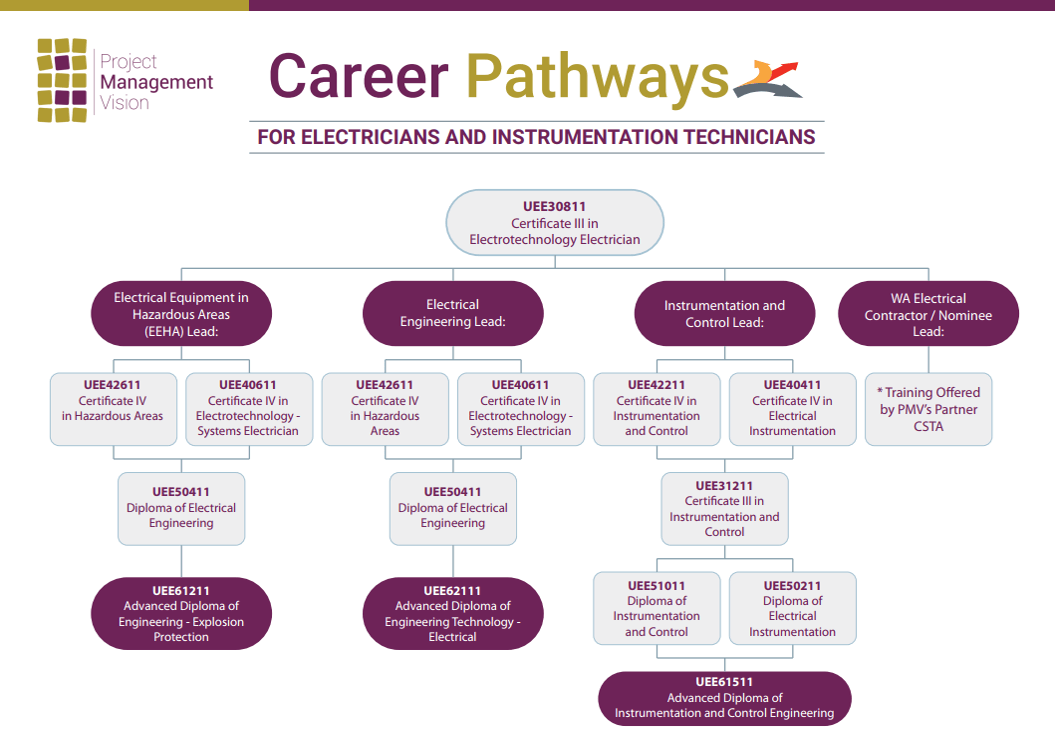Unknown Facts About Roar Solutions
Unknown Facts About Roar Solutions
Blog Article
The Ultimate Guide To Roar Solutions
Table of ContentsThe Best Guide To Roar SolutionsThe Best Guide To Roar SolutionsGetting The Roar Solutions To Work
In order to shield installments from a possible surge a technique of analysing and categorizing a potentially unsafe location is called for. The purpose of this is to make certain the correct option and installation of devices to ultimately protect against an explosion and to ensure safety and security of life.
(https://www.bitchute.com/channel/JJyNq2gAk2M7)
No tools ought to be installed where the surface area temperature level of the equipment is above the ignition temperature level of the provided danger. Below are some common dust dangerous and their minimum ignition temperature level. Coal Dirt 380C 225C Polythene 420C (melts) Methyl Cellulose 420C 320C Starch 460C 435C Flour 490C 340C Sugar 490C 460C Grain Dust 510C 300C Phenolic Resin 530C > 450C Aluminium 590C > 450C PVC 700C > 450C Residue 810C 570C The likelihood of the risk existing in a focus high adequate to create an ignition will vary from area to place.
Hazardous location electric tools possibly created for usage in higher ambient temperatures. Field Repair Work By Authorised Worker: Challenging testing may not be needed nonetheless details treatments may need to be followed in order for the tools to keep its third celebration rating. Each item of tools with a hazardous ranking need to be reviewed individually.
How Roar Solutions can Save You Time, Stress, and Money.
The tools register is a thorough database of equipment documents that consists of a minimum set of areas to recognize each product's location, technical criteria, Ex category, age, and environmental data. The proportion of Thorough to Shut assessments will be determined by the Tools Danger, which is assessed based on ignition threat (the likelihood of a source of ignition versus the chance of a flammable atmosphere )and the unsafe see page area category
( Zone 0, 1, or 2). Implementing a durable Risk-Based Evaluation( RBI )approach is crucial for making certain compliance and safety in taking care of Electric Equipment in Hazardous Locations( EEHA).
What Does Roar Solutions Do?

In terms of explosive threat, a hazardous location is a setting in which an explosive ambience is existing (or may be anticipated to be present) in amounts that need special preventative measures for the building, installment and use tools. hazardous area electrical course. In this short article we explore the difficulties faced in the office, the risk control actions, and the needed competencies to function securely
It is a repercussion of modern-day life that we manufacture, save or deal with a variety of gases or liquids that are considered combustible, and a range of dirts that are deemed combustible. These substances can, in specific problems, form explosive atmospheres and these can have major and terrible repercussions. The majority of us know with the fire triangular remove any kind of one of the three components and the fire can not happen, but what does this mean in the context of unsafe areas? When breaking this down right into its most basic terms it is essentially: a combination of a specific amount of launch or leakage of a particular substance or material, combining with ambient oxygen, and the visibility of a source of ignition.
In many instances, we can do little regarding the degrees of oxygen airborne, but we can have significant influence on resources of ignition, as an example electric tools. Hazardous areas are recorded on the harmful location category illustration and are recognized on-site by the triangular "EX-SPOUSE" indicator. Below, among various other key details, areas are divided right into 3 kinds relying on the hazard, the possibility and duration that an explosive environment will certainly exist; Area 0 or 20 is considered the most hazardous and Area 2 or 22 is deemed the least.
Report this page